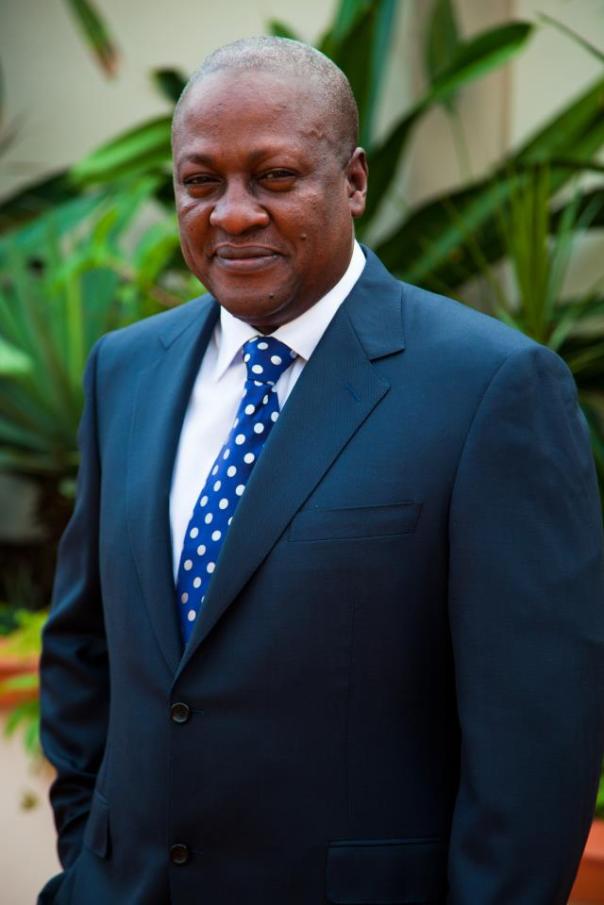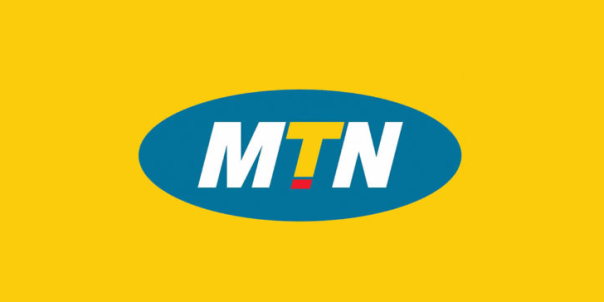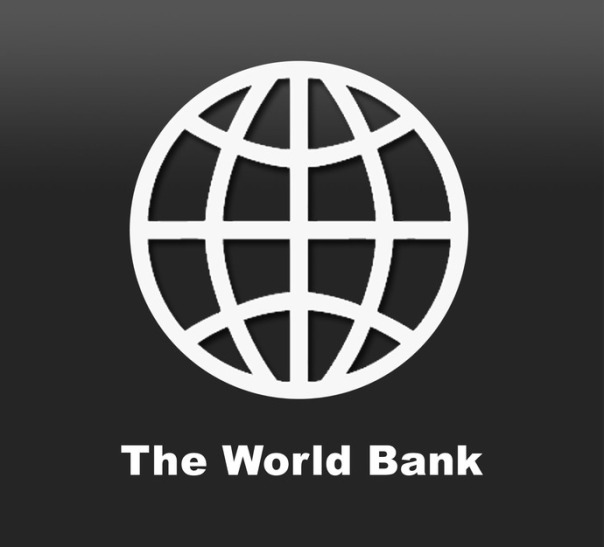
A six-member delegation of senior Kenya Wildlife Service (KWS) officials, led by Minister Ole Tipis and the organization’s Director, General William Kiprono, is presently in China to engage with the Chinese government to enlist their support for reducing and eventually eliminating China’s hunger for ivory.
The KWS spokesperson, Paul Udoto, who met this correspondent last weekend and explained this important mission in greater details, just sent in a preliminary report after the group was received at the Kenyan Embassy in Beijing.
Start quote:
The six-member delegation is visiting China from April 21 to 30 to explore strategic partnership in wildlife protection, tourism and national park infrastructure development.
Mr Tipis said the Kenya China bilateral relations are focused on five thematic areas of economics, environment, tourism, culture and peace.
He noted that the trip focusing on environment and tourism was an important follow-up on the various agreements signed between Kenya and China as part of their bilateral cooperation.
“We passionately want to pursue the agreement areas and ensure that they are implemented as envisaged,” he said.
Mr Kiprono said the trip would discuss biodiversity collaboration between Kenya and China wildlife authorities as mandated by CITES, the bilateral agreements and KWS Strategic Plan. The delegation would also be meeting tour operators to explore ways of attracting more tourists from China to Kenya.
“We would like to have our share of the 100 million Chinese outward bound tourists and this visit is meant to prepare the ground for that,” Mr Kiprono said.
The trip marks a significant milestone in Kenya-China co-operation to boost conservation and tourism. The Kenya Wildlife Service is being hosted by the State Forestry Administration (SFA).
Kenya and China have forged a strategic collaboration to boost wildlife protection in the wake of human and environmental threat to this heritage.
Both Kenya and China are among the eight countries mandated by the Convention on International Trade on Endangered Species (CITES) to strengthen wildlife protection and combat wildlife crime.
Kenya has various joint programs with China to promote wildlife protection against a backdrop of poaching that remains a global problem. This partnership has realized profound successes.
Kenya recognizes and appreciates the recent action taken by the Chinese government to crush ivory and enhance law enforcement collaboration and intelligence sharing in tackling international wildlife criminal syndicates, particularly under the COBRA II operation.
Kenya and China last year won an award from CITES for spearheading the fight against poaching of iconic mammals.
In the past one year, poaching in Kenya has declined courtesy of a robust partnership with China and other international partners. Cooperation in key areas like intelligence sharing and technology exchange to boost the war against poaching has been strengthened.
Last year, Kenya passed a new wildlife law with punitive penalties and is keen on drawing lesson from China on its successful implementation of wildlife law, especially the protection of the panda. In 2014, KWS recruited 566 rangers and is currently recruiting 600 more rangers to beef up security. A wildlife forensic and genetics laboratory to be commissioned in the next two months is expected to help in prosecution of wildlife crimes.
Kenya recognizes China as a global leader in technology and expertise to promote conservation of habitats.
The visit to China by Kenyan wildlife officials, therefore, is part of a long-term engagement endorsed by leaders from both countries to strengthen the fight against wildlife crimes, climate change and habitat loss.
Kenyan President H.E Uhuru Kenyatta and his Chinese counterpart H.E Xi Jinping have endorsed collaborative partnership to promote environmental conservation, among other areas of mutual interest.
The Chinese Premier H.E Li Keqiang, during his visit to Kenya in May last year underscored the importance of bilateral cooperation in wildlife protection. The Chinese Premier toured Nairobi National Park, Kenya’s first national park to be created and the world’s wildlife capital.
Kenya and partners in China are also engaging Chinese celebrities to raise awareness against wildlife crime as a global problem. Kenya has previously hosted actress Li BingBing and retired basketball player Yao Ming for this purpose and is keen on hosting many such guests in future.
The delegation is confident that this visit will go along way in consolidating Kenya-China cooperation in environmental conservation and tourism.
The delegation includes Ms Lynette Muganda (Deputy Director Human Capital), Mr Edwin Wanyonyi (Deputy Director Strategy and Change), Dr Erustus Kanga (Senior Assistant Director Biodiversity), Paul Udoto (Corporate Communications Manager) and Idza Dzilla (Head Resource Mobilisation).
End quote
This level of direct engagement from official Kenyan sources aimed at hitting domestic demand for ivory in China is nearly unprecedented, and the underlying message surely is that as the world does not touch China’s prized Pandas so should China equally and reciprocally respect that Africa’s elephant and other game must also be left alone.
While the largest slaughter of elephant over the past years took place in neighboring Tanzania, Kenya has nevertheless had to deal with increased smuggling of ivory in transit and an increase in domestic poaching to levels which caused widespread alarm and prompted such reactions as President Kenyatta publicly burning several tons of blood ivory earlier this year.
While wildlife legislation against poaching and smuggling has been strengthened, it is now often brainless magistrates, or if rumors are anything to go bym magistrates who have been gotten to, who let suspects out on often laughably low bail and hand down equally laughable lenient sentences vis-a-vis fines with hardly any noticeable jail terms given. This has met with an avalanche of protests from wildlife activists and the conservation fraternity and is seen as undermining the war on poaching.
"If poachers are let out on bail, many times they just go back and continue poaching. If they only have to pay little fines and not go to jail for long periods, they just go back and continue poaching. It makes the work for KWS field staff and law enforcement very difficult and sends a message that it is almost ok to rob Kenya of her wildlife heritage. This is not acceptable. The rangers risk their lives to protect our wildlife, and too many courts have poured scorn over them with their ridiculous verdicts. I think magistrates need binding sentencing guidelines, and anyone coming in at the low end must be investigated immediately over suspected collusion or corruption. Only then can such elements be driven out of the judiciary and the full rule of law established and kept up," ranted a regular source from Nairobi when discussing the issue a few days ago.
One can only wish KWS well in their quest to take this message to China and hope that the Chinese authorities do more than just publicity stunts and begin to seriously crack down on smuggling, ivory processing and ivory possession. Only when these elements are criminalized and come with heavy fines and long prison terms, can there be hope for Africa’s dwindling elephant populations. As said earlier, no one in his true mind would aim to poach pandas for their fur or for trophies and equally does the world expect that China plays a more determined role from here on to reduce domestic demand for ivory and other wildlife products lest they become outcasts in a world more and more intent to safeguard the last great remaining wildlife heritage.
Source: Eturbo News
















